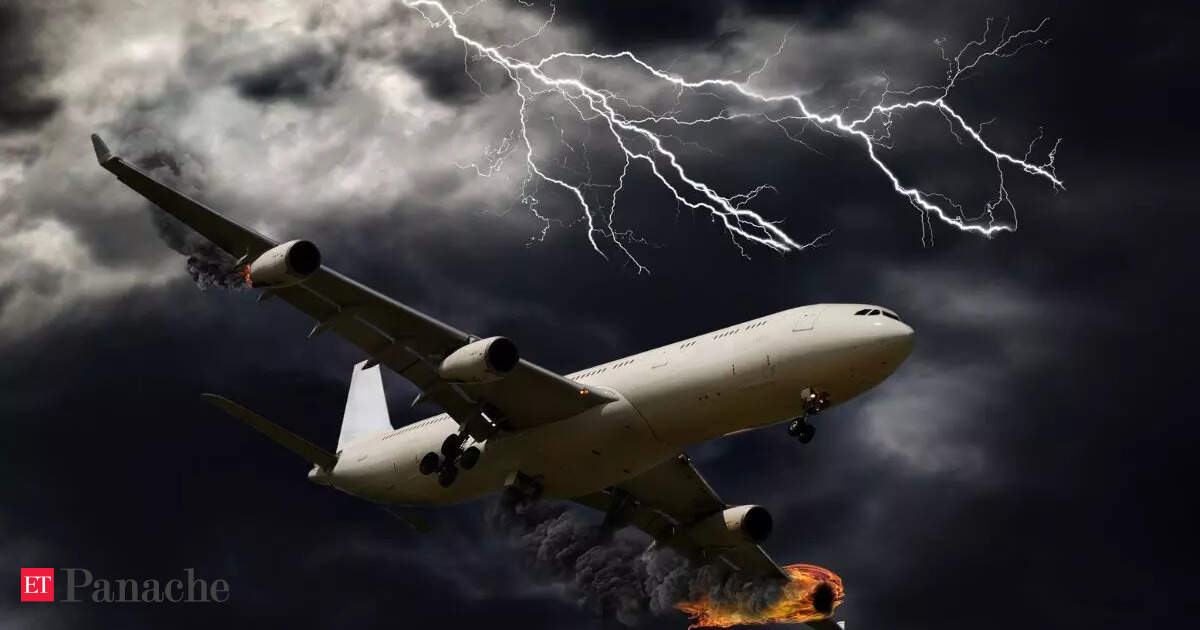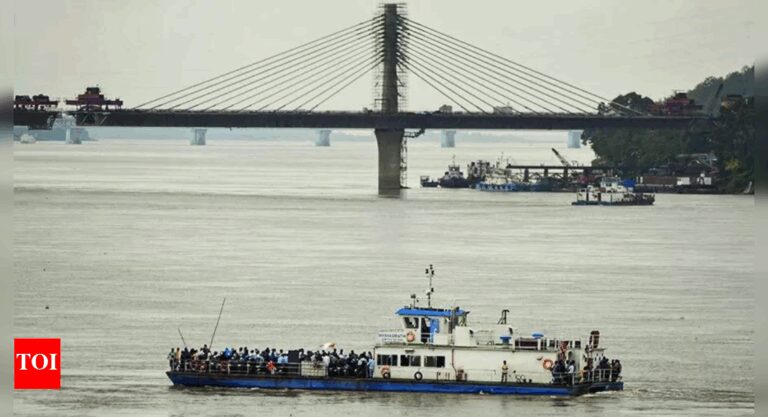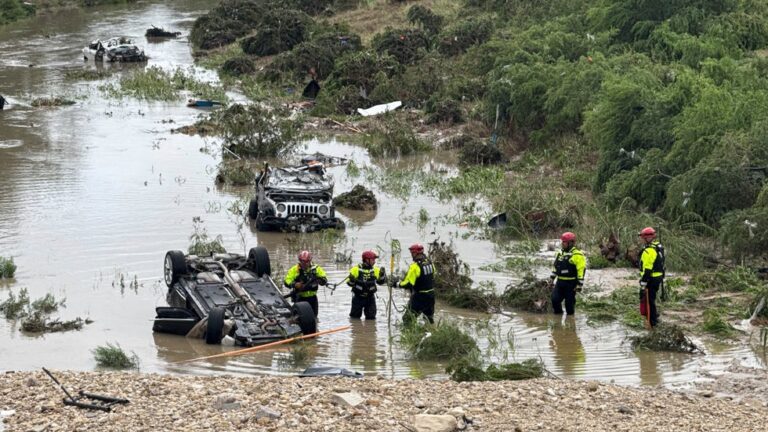Tragic Air India Crash Revives the Haunting Mystery of MH370: What Really Happened?
The Enigma of MH370: A Decade Without Answers
Malaysia Airlines flight MH370, a Boeing 777-200ER, took off from Kuala Lumpur on March 8, 2014, destined for Beijing with 239 souls aboard. Just 38 minutes into the flight, the aircraft inexplicably disappeared from civilian radar over the South China Sea. Military radar later tracked the plane making a sharp turn to the west, flying across the Malay Peninsula and into the Andaman Sea.
The last satellite signal registered by an Inmarsat satellite was nearly seven hours into the flight, indicating that the aircraft had drifted far off its intended course, likely crashing in the remote southern Indian Ocean, approximately 2,500 kilometers southwest of Australia.
Initial search operations were launched urgently, focusing on the South China Sea before transitioning to the expansive and treacherous waters off the Australian coast. Despite a staggering 120,000-square-kilometer search effort by Australia, alongside private company Ocean Infinity’s attempts, only minor fragments such as a wing flaperon found on Réunion Island have been recovered.
Theories That Refuse to Rest
The mysteries surrounding MH370’s disappearance have sparked various theories, each with its own merit and skepticism:
- Pilot Involvement: One of the more contentious theories suggests that Captain Zaharie Ahmad Shah may have intentionally diverted the aircraft. Though the 2018 official report did not place blame on any individual, it did highlight that the course had been altered manually—a detail that has fueled speculation of foul play.
- Hijacking or Terrorism: Initially considered a feasible explanation, this theory waned as no credible groups came forward with claims and no motives were established.
- Mechanical Failure: Despite investigations into technical failures, experts found it unlikely, particularly as the transponder and ACARS systems appeared to have been deliberately turned off.
- Rogue Takeover or Crew Intervention: This theory posits that someone other than the pilot may have gained control of the plane. Despite thorough investigations into passenger backgrounds, no indicators of threats were found.
- Fire or Rapid Decompression: Some experts theorize that an onboard catastrophe incapacitated the crew, but the aircraft’s erratic changes in course contradict the notion of a simple ghost flight.
Despite these theories, none have provided conclusive answers, and the final report left many questions unanswered, underscoring a sense of frustration that persists among the families of those aboard.
Resumed Hope Amid Renewed Frustration
In 2025, the search for MH370 resumed under the private firm Ocean Infinity, operating on a “no find, no fee” basis. However, search efforts were temporarily halted due to adverse weather conditions. Family members of the missing passengers continue to seek transparency and answers, often congregating in remembrance events where their emotional pleas are loud and clear. As one relative poignantly expressed, they long for closure: “We just want to know what happened.”
The emotional toll remains immense for families as they grapple with the prolonged uncertainty—an ache intensified during commemorative gatherings, marking the years without resolution.
The Ahmedabad Crash: Another Chapter in Aviation Tragedy
In a grim reminder of the vulnerabilities present in modern aviation, the recent Air India crash adds another layer to the ongoing discussion about air safety. Flight AI171, which was destined for London, crashed shortly after takeoff and created a massive fireball in the Meghani area of Ahmedabad. The cause of the crash is still under investigation, with the Directorate General of Civil Aviation in India and Boeing expected to probe the circumstances thoroughly.
The stark contrasts between the two incidents—the MH370 mystery and the Ahmedabad crash—reflect the unpredictability of aviation. While one event is mired in unanswered questions, the other presents an immediate tragedy that, with ongoing investigations, may soon yield answers.
The Broader Implications for Aviation Safety
As investigators work to uncover the circumstances surrounding both incidents, the aviation industry faces the ongoing challenge of ensuring safety in the skies. The prominent uncertainties of MH370 serve as a sobering reminder that accidents can occur even amidst advanced technology and engineering capabilities.
However, the swift response to the Ahmedabad crash illustrates a commitment to accountability and resolution that gives families and the public alike hope for clarity in tragic situations. As aviation evolves, so too must the strategies that ensure no family is left waiting for answers, demonstrating that the industry’s primary responsibility remains the safety and security of its passengers.
As one crisis unfolds and another remains shrouded in mystery, the global aviation community endeavors to provide safety assurance while seeking to understand the inherent fragility of air travel.






